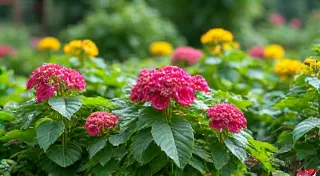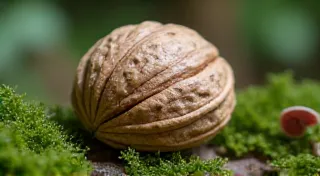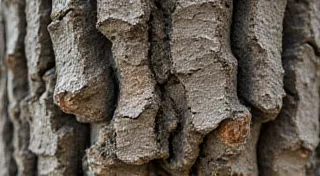The Language of Bark: Unveiling the Secrets of Tannins
There's a certain reverence I feel when I hold a piece of antique accordion bellows. Not just for the intricate mechanics, the miniature wonderland of valves and reeds, but also for the palpable history imbued within the material. Many are treated with tannins – some for preservation, others as an aesthetic choice. It’s a whisper of a long-forgotten connection, a reminder that the materials we use, even in seemingly modern creations, are deeply rooted in ancient practices. This article explores that connection, delving into the world of tannin dyes, derived predominantly from tree bark, and understanding their profound role in both dyeing textiles and a related, equally ancient craft: leatherworking.
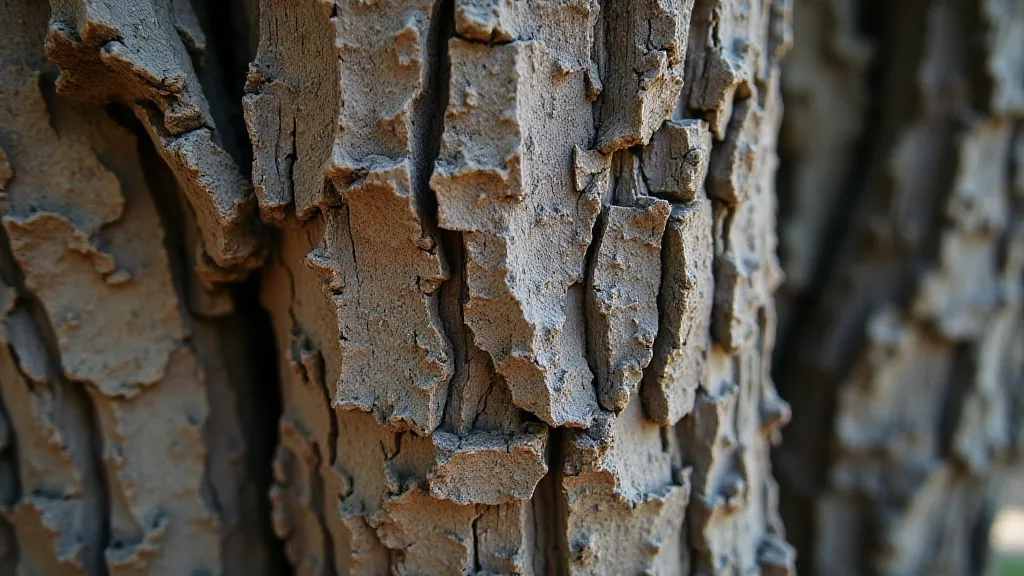
The Chemistry of Earth’s Palette
Tannins aren't a single substance; they're a complex group of polyphenols found in a multitude of plants, from tree bark and leaves to roots and fruits. The name itself comes from the Old French "tan," referring to the process of preserving animal hides. The defining characteristic of tannins is their ability to bind to proteins, a property that’s critical for both leather tanning and textile dyeing. Think of it as a molecular embrace - the tannin molecules lock onto the protein fibers, stabilizing them and altering their properties.
When applied to textiles, tannins act as a natural mordant. A mordant, in essence, is a bridge – it helps the dye adhere permanently to the fabric. Without a mordant, the dye might wash out, fade quickly, or simply not bond at all. Tannin-rich barks, like oak, chestnut, sumac, and myrobalan, have been prized for centuries as reliable mordants. The color obtained using tannins as mordants is dependent on the subsequent dyes applied. Tannins themselves produce colors that range from pale yellows and browns to rich, muted oranges and reds, depending on the species of bark and the extraction methods. This process can sometimes lead to unexpected shades, a subtle dance of chemistry that highlights the intuition and artistry involved in textile alchemy – a concept further explored in “When the Dye Whispers: Intuition and Textile Alchemy”. The complexities of achieving subtle palettes and unexpected results can sometimes lead artisans to explore the nuances of “Achromatic Bloom: Exploring Gray Scale with Natural Dyes”.
A History Etched in Threads and Hides
The use of tannin dyes predates recorded history. Archaeological evidence suggests that humans have been utilizing tannins for millennia, initially for the crucial task of preserving animal hides. Without tannin, leather quickly rots. The Romans, renowned for their military prowess and engineering feats, were also masters of leatherworking, and their tanning processes relied heavily on readily available barks like oak and chestnut. They understood instinctively that these substances rendered hides supple, durable, and resistant to decay. This isn’t merely about preservation; it’s about transformation – taking something fragile and transient and turning it into something enduring.
Simultaneously, textile dyeing with tannins flourished. In many cultures, natural dyes were the *only* dyes available. Think of the vibrant, earthy tones in traditional Japanese textiles, or the deep, rich browns of Andean weavings. Many of these colors were achieved through a combination of tannin mordanting and subsequent dyes derived from plants, insects, or minerals. The challenge of achieving nuanced hues with limited resources often demanded careful consideration of the fabric’s character and the subtle influences that impact the final result, just as the artisans exploring Exploring Gray Scale with Natural Dyes do when working towards subdued palettes.
My grandfather, a carpenter by trade, often spoke of collecting bark from fallen trees as a boy. He wasn’t dyeing anything, but he understood the value of the material. He’s show me how to identify the different types of tree bark – the rough, deeply furrowed oak bark versus the smoother, more fibrous chestnut. These details might seem insignificant, but they speak to a deep connection with the natural world, a respect for its resources and the wisdom embedded within its processes. He spoke of the importance of understanding the "feel" of the materials, a sensory awareness that extended beyond mere identification and into a deeper comprehension of their potential – a sensitivity that influences how one might document the entire process, as discussed in "The Unfolding Story: Documentation in Textile Dyes."
The Art of Extraction and Application
Extracting tannins from bark isn’t a simple process. It typically involves boiling the bark in water, often for extended periods, to leach out the soluble tannins. The resulting liquid, often dark and viscous, is then concentrated by evaporation. The skill lies in knowing which barks to use, how long to boil them, and how to adjust the process based on the desired color and intensity. Some dyers add iron or alum after the tannin mordanting to shift the colors towards darker shades.
Applying the tannin mordant to textiles requires careful attention to detail. The fabric must be thoroughly cleaned beforehand to remove any sizing or finishes that might interfere with the mordanting process. The fabric is then soaked in the tannin solution, and the dye is applied immediately afterwards. The entire process can take several hours, or even days, and the results are heavily influenced by factors such as water quality, temperature, and the age of the bark. The impact of seemingly minor details can have profound consequences on the final product, creating the need for meticulous observations and record-keeping—processes vital for understanding the subtleties involved and reflecting the spirit of detailed documentation.
The Resonance of Sustainability and Craftsmanship
In our modern world of synthetic dyes and mass production, the resurgence of interest in natural dyes is more than just a trend. It’s a conscious return to sustainable practices and an appreciation for the artistry of traditional craftsmanship. Tannin dyes are renewable resources, derived from readily available plant material. They are also significantly less harmful to the environment than many synthetic alternatives, which often contain toxic chemicals.
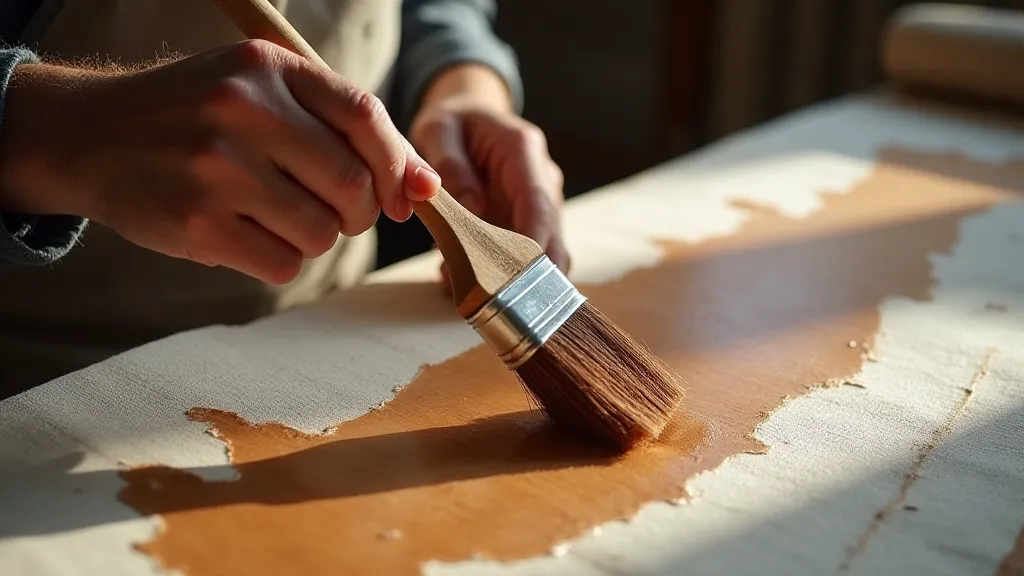
Furthermore, the process of using tannin dyes fosters a deeper connection with the natural world. It demands patience, observation, and a willingness to experiment. It’s a slow, deliberate process that rewards attention to detail and a respect for the materials. It’s a mindful act, a return to working *with* nature rather than dominating it. The very texture and “hand” of the resulting fabric can be influenced by the fibers’ responsiveness to the mordanting process, requiring a certain level of intuition and sensory understanding—an embrace of imperfection that can lead to surprising and beautiful outcomes. Achieving a softness, a gentle fall of fabric, is often the ultimate goal, and the careful manipulation of softening agents—such as those explored in Mullein's Embrace: A Study in Softening—can play a vital role in realizing this vision.
Preserving a Legacy
The knowledge of tannin dyeing and leather tanning is a precious inheritance, one that has been passed down through generations. While modern technology offers many advantages, it is important to remember the wisdom of our ancestors and to preserve these traditional crafts. Supporting artisans who use natural dyes and advocating for sustainable practices are crucial steps in ensuring that this legacy continues to thrive. It's about more than just creating beautiful textiles and durable leather goods; it's about maintaining a vital link to our past and safeguarding a more sustainable future. The cyclical nature of these crafts, from the harvest of bark to the creation of finished products, embodies a profound connection to the rhythms of the seasons and the delicate balance of the natural world.
Beyond the practical considerations of color and durability, there's a deeper significance to these traditional techniques—a sense of continuity and connection to those who came before. Each generation refines and adapts the methods, building upon the knowledge and experience of their predecessors. The resulting products are not merely functional objects; they are tangible embodiments of cultural heritage, testaments to the ingenuity and resourcefulness of humanity.
The journey of a tannin-dyed piece—from the felling of the tree to the final stitch—is a story of human interaction with the natural world, a narrative of patience, skill, and respect. It is a reminder that true craftsmanship is not simply about creating something beautiful; it’s about honoring the materials, the traditions, and the people who make it all possible.
And like the antique accordions that whisper tales of bygone eras, the subtle aroma and the earthy tones of tannin-dyed fabrics and leather carry the echoes of a rich and enduring tradition.
